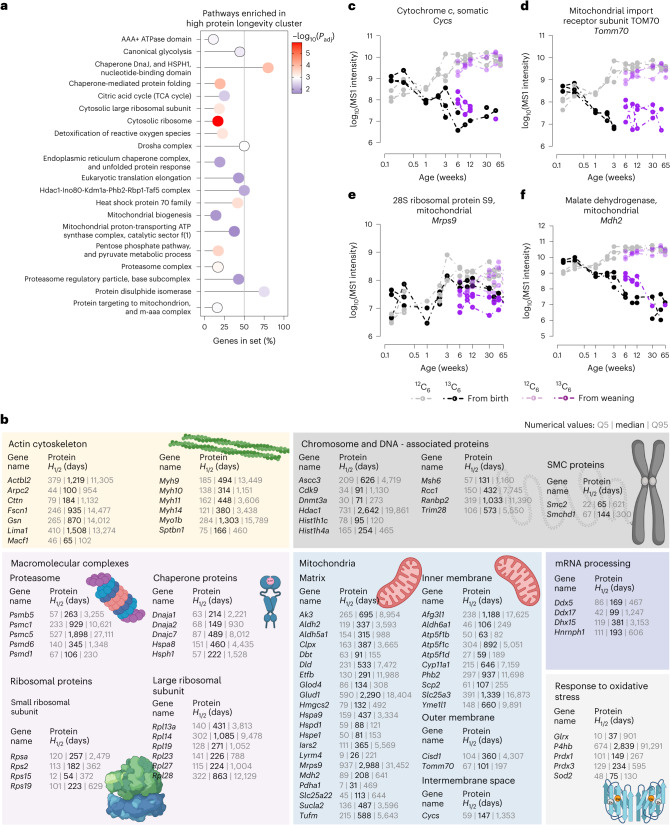Fig. 4. The ovary contains long-lived proteins that persist throughout the lifetime of a mouse.
a, Selected pathways enriched in the high protein longevity cluster. Shown are the proportions of genes of the selected gene set detected in the high protein longevity cluster with their respective adjusted P values for selected pathways. The P values are based on the hypergeometric test and have been adjusted with Benjamini–Hochberg multiple hypothesis testing. For the complete list of enriched pathways with their corresponding exact P values, see Supplementary Table 5. b, Selected biological processes and protein complexes with long-lived proteins in ovaries. Shown are gene names with corresponding protein H1/2 values (medians, 5% and 95% quantiles; designated as Q5 and Q95, respectively) in days. For the complete list of proteins and their corresponding H1/2 values, see Supplementary Table 3 and Supplementary Data 2. c–f, MS1 intensities over time in log10 scale for 13C6-Lys (black and purple) and 12C6-Lys (grey and pink) labelled cytochrome c, somatic (c); mitochondrial import receptor subunit TOMM70 (d); 28S ribosomal protein S9, mitochondrial (e); and malate dehydrogenase, mitochondrial (f) for two pulse lengths (pulse with 13C6-Lys until birth and pulse with 13C6-Lys until weaning). Circles indicate experimental data points for three biological replicates, dashed lines are only for visual aid.

